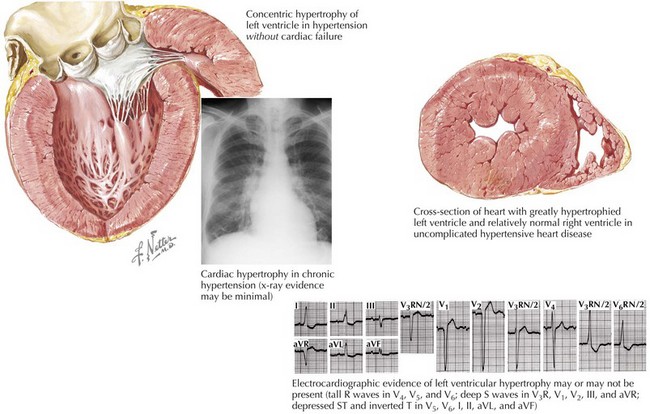
Another adaptive mechanism is seen in skill-training subjects (golfers, table tennis players, etc.) where functional and electrical alterations in cardiac activity observed despite the absence of structural cardiac remodeling in contrast to healthy sedentary individuals (9, 10].įor simplicity of understanding of cardiac adaptation in athletes, sedentary subjects and patients we proposed a diagram (Fig. Objectively, most of sportive disciplines consist of both endurance and resistance activity, so these branches are classified as mixed-training (boxing, football etc.). According to that, eccentric hypertrophy (EccH) develops mainly due to endurance-training or exercises with high dynamic and low static exertions (long-distance runners, cross-country skiers, etc.) while concentric hypertrophy (ConH) progresses in response to long-standing power training or exercises with high static demand (weightlifting, wrestling, etc.) (5-7, 10]. Despite the controversial nature of Morganroth hypothesis, two phenotypes of athletic heart have not been fully rejected, rather modified according to static and dynamic effects of exercise on cardiac structures. The fluctuating prevalence of sudden cardiac death (SCD) due presumably to underlying structural and electrical remodeling of athlete’s heart presents the unresolved issues.Įarly investigations revealed the different pathogenesis of athlete's hypertrophy in contrast to pathological one and defined as "physiological hypertrophy", thus structural and functional changes were proportional and hypertrophy regressed by detraining for a given period (3,4).įurthermore, studies in sports cardiology presented the different features of left ventricular hypertrophy (LVH) depending on sportive branches. Doping abuse and overtraining are other huge problems of sports cardiology with known and unknown deleterious outcomes. The third question is the defining of controversial nature of the athletic heart syndrome whether adaptive hypertrophy shares or not the pathologic features of disease-based hypertrophy.


Key words: athlete’s heart, pathological hypertrophy, maladaptive hypertrophy, sudden cardiac death, cardiovascular imaging, overtraining Introduction In this review, we aimed to represent recent physiological and clinical standpoints regarding to athletic heart syndrome as well as its difference from sedentary heart changes and pathological hypertrophy, its association with sudden cardiac death. The significance of problem is more emphasized when cohort studies represented survival differences by means of cardiovascular parameters between athletes and sedentary subjects and cardiac patients. The development, variety and severity of cardiac hypertrophy fluctuate by sportive branch and training mode. Additionally, the higher prevalence of sudden cardiac death in sportsmen compared to sedentary matches, especially in case of athletes with known or suspected cardiovascular diseases necessitated scrupulous investigation of athletic heart syndrome. The emerging huge challenges in sports cardiology are overtraining and doping abuse of elite athletes by the development of an excessive cardiac hypertrophy with the increased risk of cardiovascular adverse outcomes. According to recent evidence, a gray zone of hypertrophy became emerged between physiological and pathological entities, which require further extensive investigations. Conventionally pathologic hypertrophy believed to be developed in a case of cardiovascular diseases, while the athlete’s heart resulted by long-standing physical training. The improvement of imaging modalities and assessment tools largely contributed to comprehensive integration of scientific and clinical standpoints of athletic hypertrophy. It seems that, on the basis of a contemporary data, the perception of ‘benign’ nature of the cardiac hypertrophy in athletic population is blurred.

Probably, it is explained by the prevalence of cardiovascular disorders in all-cause mortality. 1 Scientific Research Institute of Heart Surgery and Organ Transplantation, Bishkek, KyrgyzstanĬardiac hypertrophy has been continuing as the subject of the ‘hottest’ topic in research field for a long time since it creates pathophysiologic and clinical issues by structural and functional alterations of heart.


 0 kommentar(er)
0 kommentar(er)
